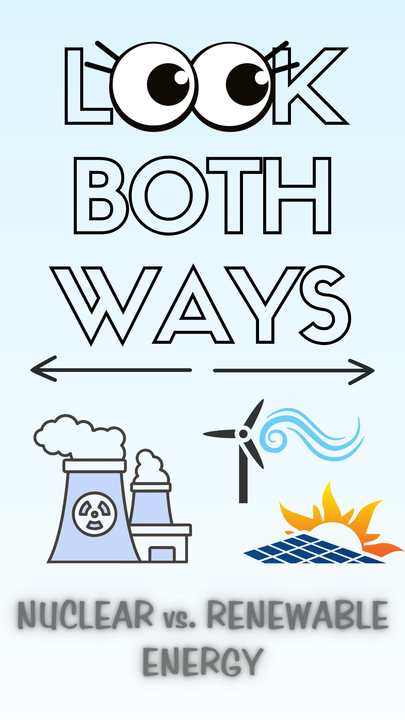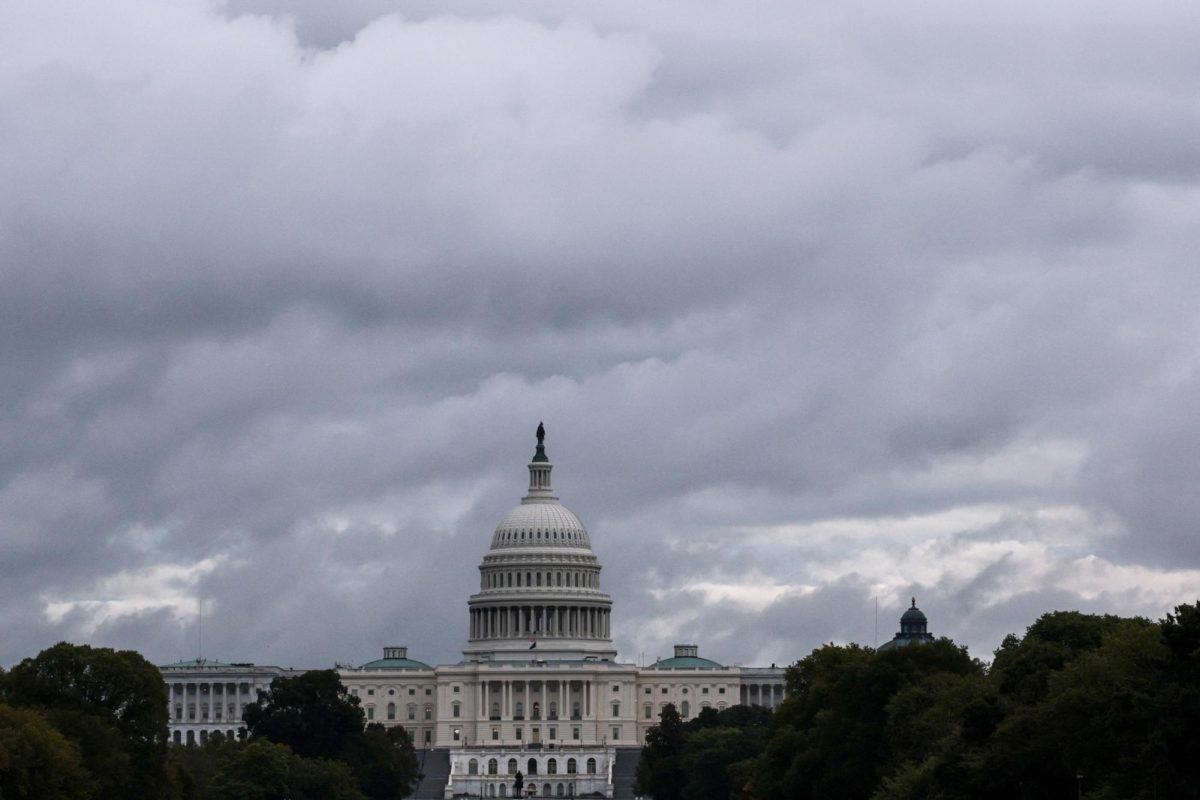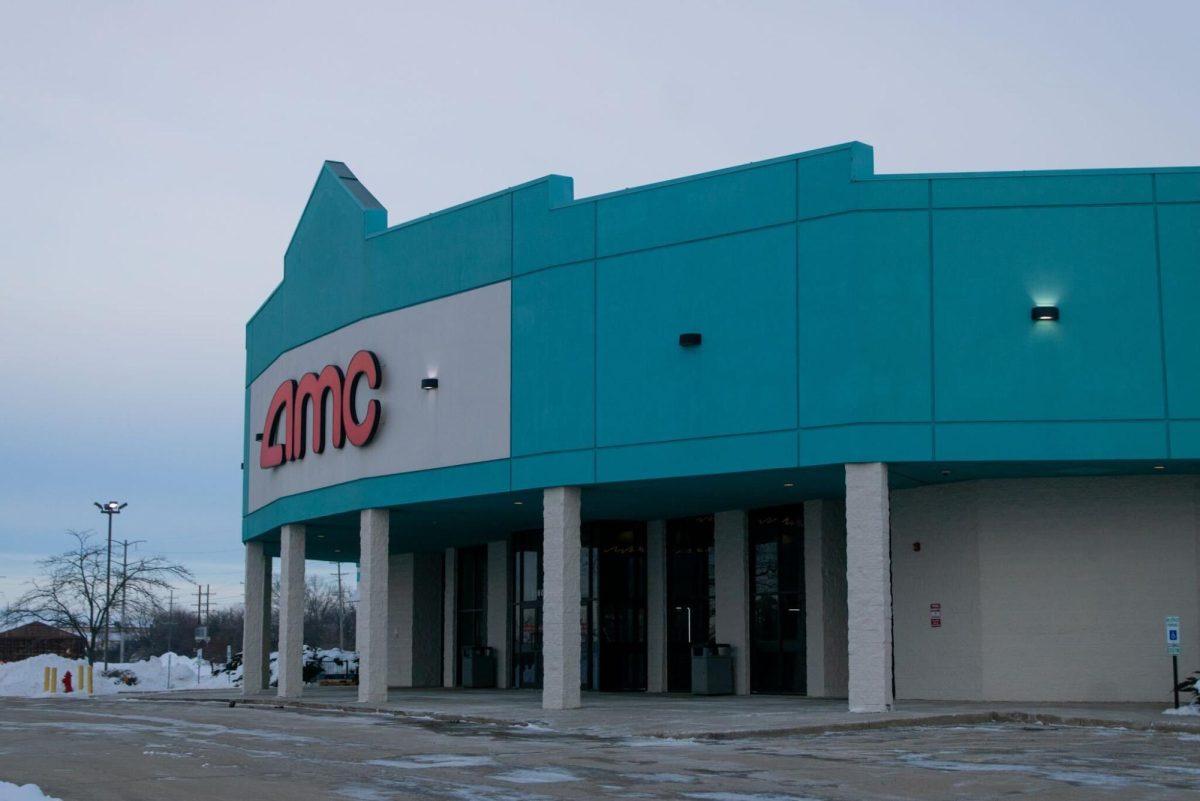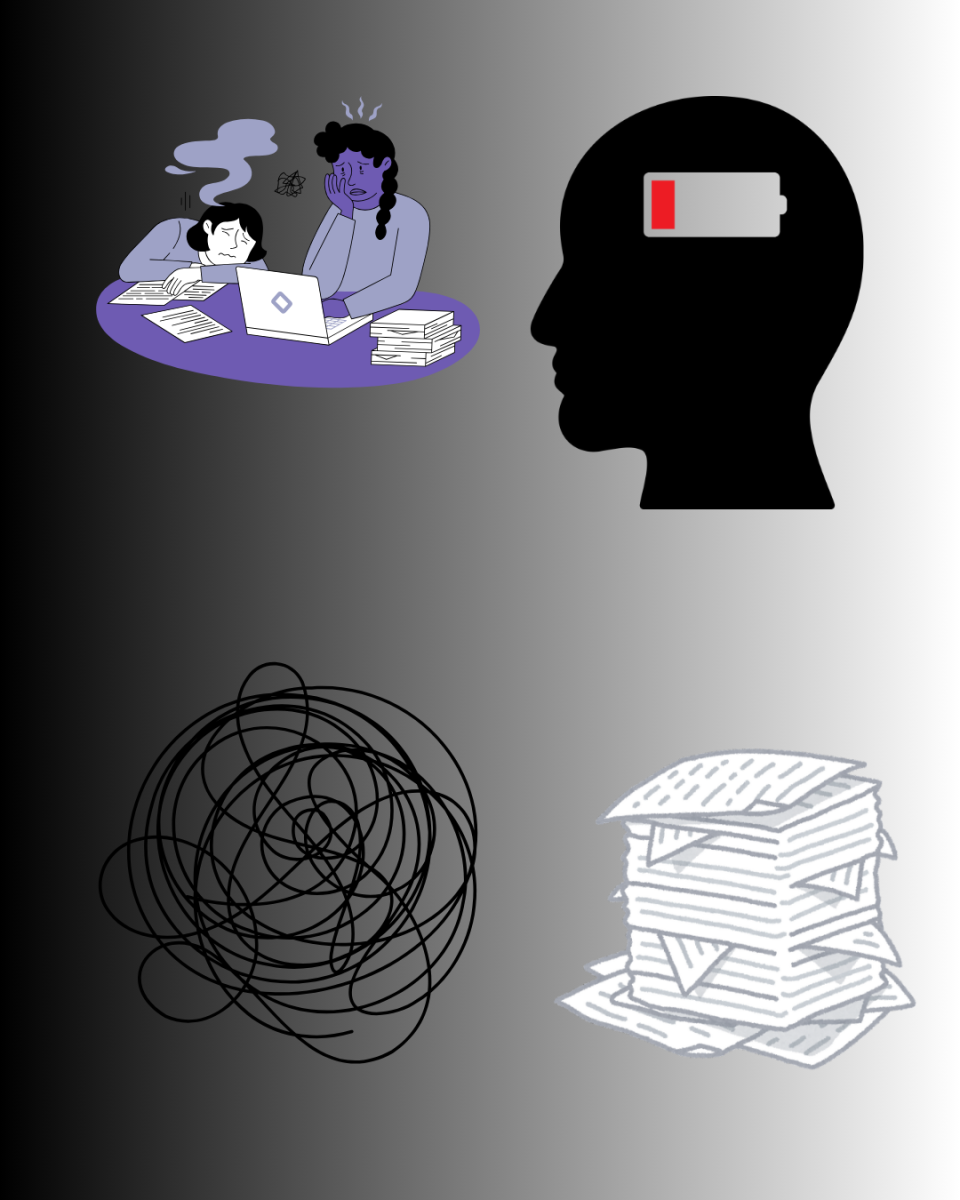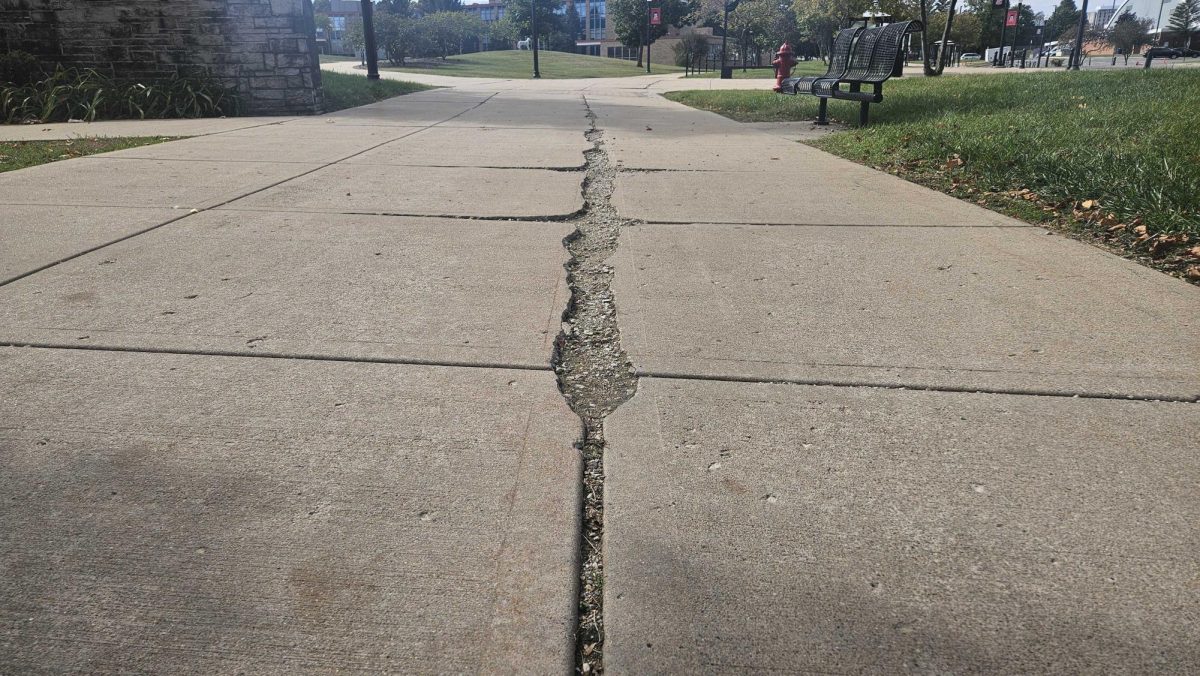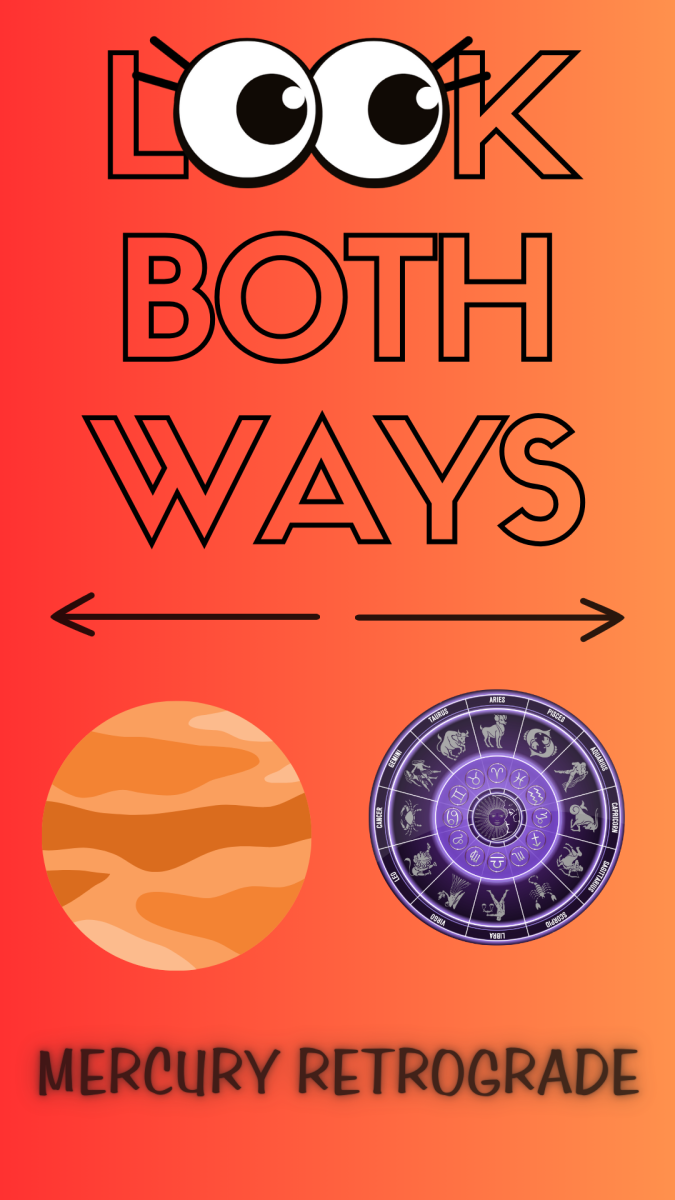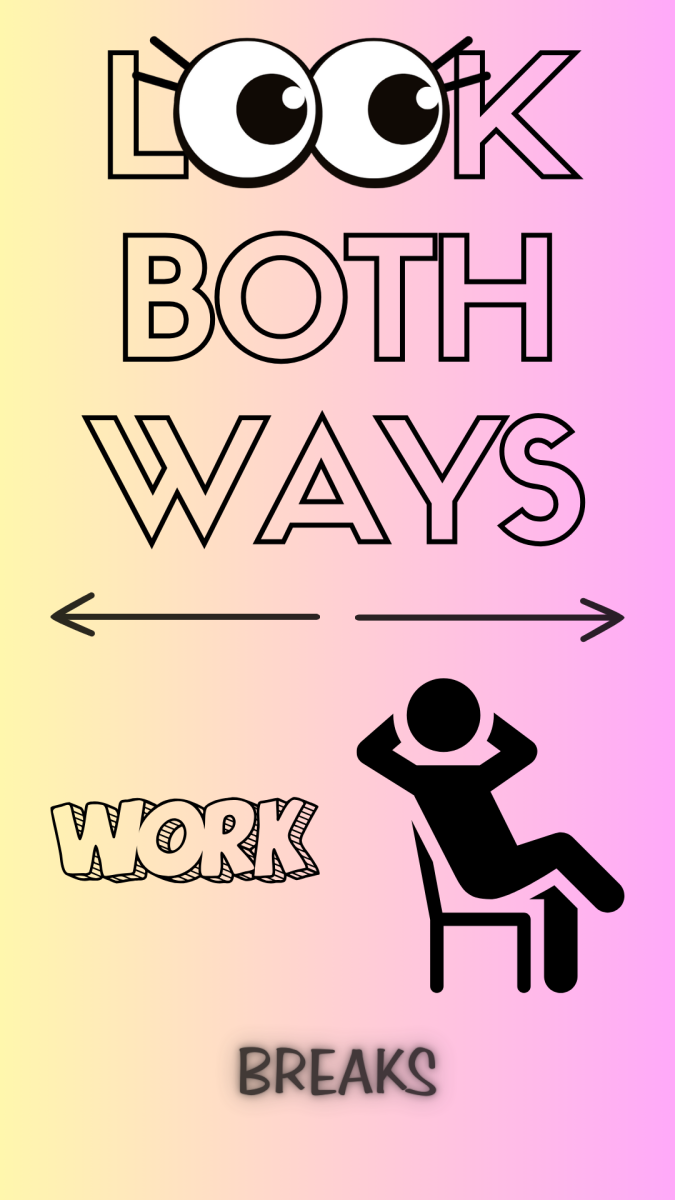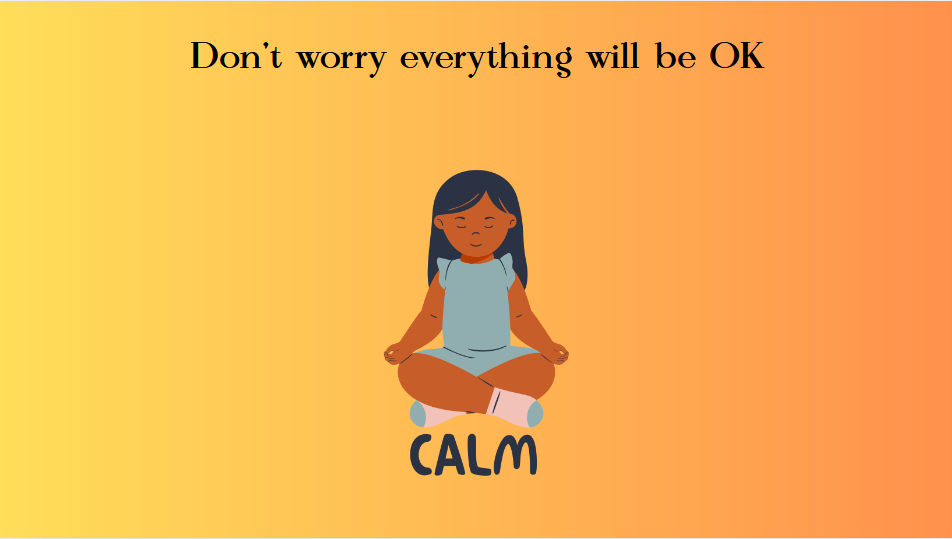RENEWABLE ENERGY
By: Ethan Ernst, Opinion Columnist
The output of a nuclear power plant compared to its environmental impact is far superior to renewable energy. Even still, nuclear energy is too expensive and time consuming to adopt widely.
Small modular reactors are among the currently proposed nuclear energy solutions, and they are exactly as described: small nuclear reactors whose components can be factory assembled.
This concept is promising, but the costs are still concerning. TerraPower, a nuclear power company founded by Bill Gates, predicts that it will be able to build an SMR that costs $4 billion, but this isn’t the first project that has tried to accomplish this.
NuScale and Utah Municipal Power Agency systems tried to do the same last year but canceled the project after the construction costs rose to $9.3 billion, a 75% increase from $5.3 billion, the original expected cost.
This is consistent with another problem with nuclear reactors: they have a history of going way over budget.
Seventy five of the U.S.’s nuclear reactors cost at least twice as much to build than expected in 2008, WWNO reported. The most recently constructed nuclear reactors, Units 3 and 4 of the Alvin W. Vogtle Electric Generating Plant, were more than $20 billion over budget and delayed by about eight years.
Nuclear reactor costs are not limited to construction either; they are expensive to operate and maintain.
Several nuclear power plants have been shut down because nuclear energy simply cannot compete against fossil fuel, solar and wind energy when it comes to cost. Restarting the Palisades nuclear power plant in Michigan, for example, will require hundreds of millions of dollars in repairs alone.
An argument could be made that widespread clean energy needs to become a reality, no matter the cost. After all, the world needs to reach net zero carbon dioxide emissions by 2050 to prevent climate change from worsening. However, given the difficulties nuclear power plant construction already faces, nuclear power will not be a feasible solution to climate change on its own.
Energy-related emissions growth would have been nearly three times larger in 2022 without an increase in clean energy technologies and power production, according to the International Energy Agency. Solar and wind power’s impact was the most notable, as the IEA predicts that growth in these areas reduced carbon dioxide emissions by 465 metric tons in 2022.
The cost of solar energy has also fallen greatly compared to nuclear and fossil fuels, according to the International Renewable Energy Agency, making it a more realistic option to widely adopt than nuclear power.
Aside from nuclear energy’s cost and the unrealistic expectation that it can shoulder most of the burden of solving climate change, there is also the risk of meltdowns. A disaster on the level of Chernobyl is unlikely to happen today, but not impossible, and the likelihood of these disasters will increase with the number of nuclear power plants constructed.
Meltdowns could be caused deliberately. Nuclear power plants could be a very appealing target for terrorists given the amount of damage that a meltdown can cause, and they could be targeted by a hostile army during a war. This has already been demonstrated during the war in Ukraine: early in the war, Russia seized the Zaporizhzhia power plant and established a military base. Any attack on the plant risks a disaster, and this has been a concern since it was captured in 2022.
Renewable energy doesn’t suffer from the same risk; a damaged renewable energy plant is far from a good thing, but it won’t cause the same amount of damage as a nuclear meltdown. Three Mile Island, the least messy of the three big nuclear power plant disasters, cost nearly a billion dollars to clean up; Chernobyl caused hundreds of billions in damages.
Another problem with nuclear power plants is that they produce a lot of radioactive waste, and the U.S. currently does not have a solution to this. Tens of thousands of tons of spent nuclear fuel are sitting in power plants because the government has yet to decide on what to do with it.
NUCLEAR ENERGY
By: Santiago Montañez Bertoletti, Opinion Columnist
Nuclear power is the best energy alternative that the planet currently has if it wants to move away from fossil fuels, instead of clean energies that the media tends to emphasize.
Nuclear power is the most efficient man-made source of energy ever developed, and nuclear fusion is close to becoming the first 100% efficient energy source, which means the amount of energy produced by the process is significantly more than the energy invested during it.
However, there is much fear of the dangers that nuclear energy can unleash if not wielded properly. The threat of nuclear warfare has weighed heavy on humanity’s mind since the first and only time atomic bombs were used in an active conflict, in August 1945.
This fear has fueled the belief in popular culture that nuclear power is exclusively harmful and toxic; you need only take a look at the number of people affected by bombs and nuclear experiments in comics and superhero movies.
But in fact, the first studies on quantum mechanics and nuclear physics were done in the 1920s and 1930s by a group of prominent scientists looking for a new source of energy, and not for a weapon or something harmful.
As you may know, many of these studies were based on theories proposed by Albert Einstein and Niels Bohr decades earlier, in which they opened the door to quantum physics. But it was J. Robert Oppenheimer who saw the potential in quantum physics as a means of generating progress.
Oppenheimer’s initial ideal was to create a new source of energy, but with WWII those plans were replaced with the atomic and hydrogen bombs. This shift in priorities leads people to believe the greatest potential of nuclear energy is destruction because they forget what it was initially researched and developed for.
Today, the same concept used in hydrogen bombs, nuclear fusion and nuclear fission, is used in dozens of countries around the world to obtain nuclear energy. Many of these countries, such as the U.S., France, Russia and China, represent the world’s pinnacle of technology.
One of these countries is Ukraine, which was the epicenter of the largest and most well-known nuclear disaster in history, Chernobyl. There is also Japan, home to the disastrous Fukushima accident. However, contrary to popular belief, nuclear accidents are not common and are usually due to mismanagement of resources and poor error correction.
In fact, the death toll of nuclear energy is significantly less than that of fossil fuels and similar to wind and solar energies. However, wind and solar energies also have a much smaller percentage of total electricity output as well as more greenhouse emissions. While nuclear only produces 6 gas tonnes, wind and solar energies produce 11 and 53 tonnes respectively, according to Our World in Data.
A single typical nuclear reactor can produce up to 1 gigawatt an hour of electricity. In comparison, a single solar panel can produce between 250 and 850 kilowatts and a single wind turbine produces 230 to 11,300 kilowatts per hour. One gigawatt is equivalent to one million kilowatts. So in comparison, a nuclear reactor produces as much as around three million solar panels or 431 wind turbines.
Nuclear power is the most cost-effective energy available. It is the most efficient, has the most capacity to produce for a longer period of time and has the largest megawatt output over time. It is by far the most productive energy available, counting both other renewable energies and those using fossil fuels. There is a good reason why Illinois, one of the most industrialized states in the U.S., has 11 nuclear reactors.
As thought in the ‘20s and ‘30s, nuclear energy changed the world, and if it were not for the most recognizable of these atomic bombs and new nuclear warheads, many more people would surely agree with this statement.
Nuclear energy represents the future and the best option for pursuing clean energy.


